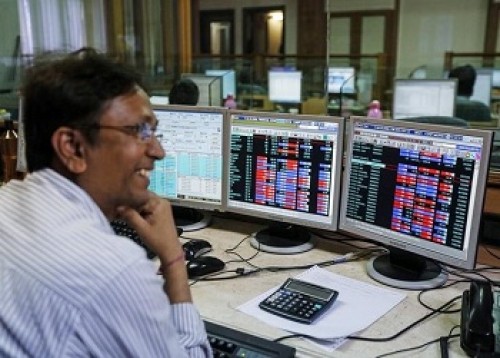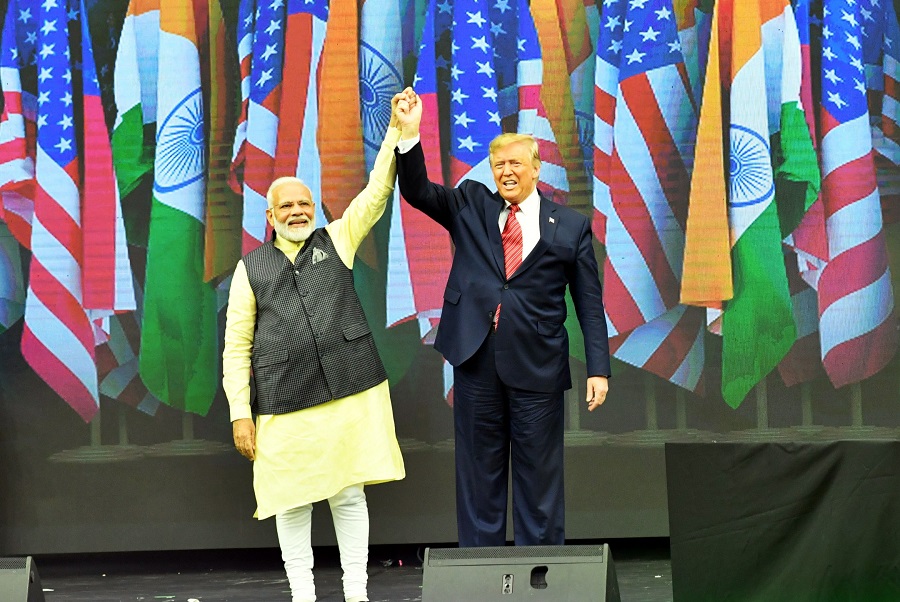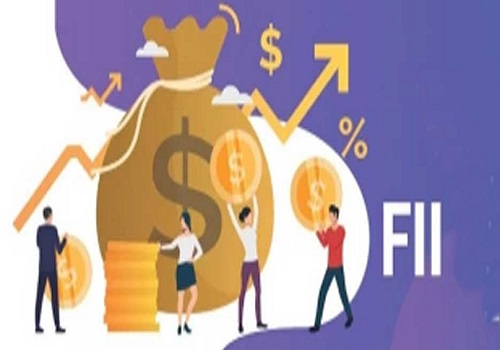80 pc of global banks have stable rating outlooks in 2025

Follow us Now on Telegram ! Get daily 10 - 12 important updates on Business, Finance and Investment. Join our Telegram Channel
About 80 per cent of global banks will keep on a stable ratings course in 2025 as easing inflation will help borrowers and reduce stresses on harder-hit sectors including commercial real estate, a report showed on Thursday.
However, S&P Global Ratings said in its report that “we do not envision macro tailwinds will be sufficient to strengthen the credit standing of banks”.
Positive ratings movements will more likely be driven by “idiosyncratic country and bank bank-specific factors”.
According to credit analyst Gavin Gunning, with the interest rate cycle already turning in numerous banking jurisdictions, “some relief is finally within sight for bank borrowers”.
“Banks' asset quality will eventually benefit although the transmission effect will take time and will vary across geographies,” he mentioned.
According to the report, credit costs (a gauge of provisioning) will likely keep rising as a percentage of gross loans. This reflects stresses over the past few years, including via a steep and fast increase in policy rates.
“We forecast global credit losses will increase by about 7 per cent to $850 billion in 2025. Higher credit losses are within our base case at current rating levels for most banks,” the report mentioned.
The report identified four key downside risks to bank ratings, like a global economic slowdown outside our base case; a worse-than-expected property sector deterioration; a still-high interest rates superimposed upon high government and corporate sector leverage; and emerging risks including new technologies (such as AI), climate change and cyber that could widen credit differentiation, given that adaption to such changes could prove positive or negative.
"The trajectory of the interest rate descent may be weaker than our current economic forecasts indicate," added Gunning.
Previous rises in interest rates were sharp and largely in unison as central banks fought rising inflation.
“In contrast, the trajectory of their descent will be slower and more variable across jurisdictions. Moreover, the recent US election results could tilt inflation risks upward,” he noted.










Top News

HFCL surges on getting approval as ‘Trusted Source’ from National Security Council Secretariat
More News

India`s fiscal deficit in 11 months at 86.5 pc of full financial year target











